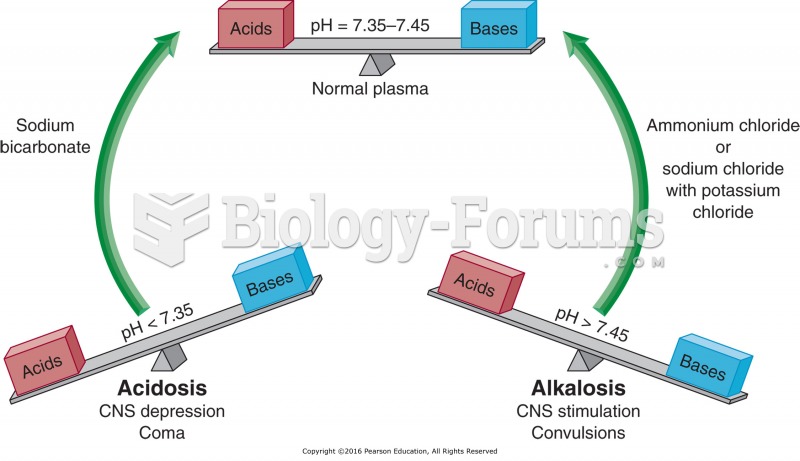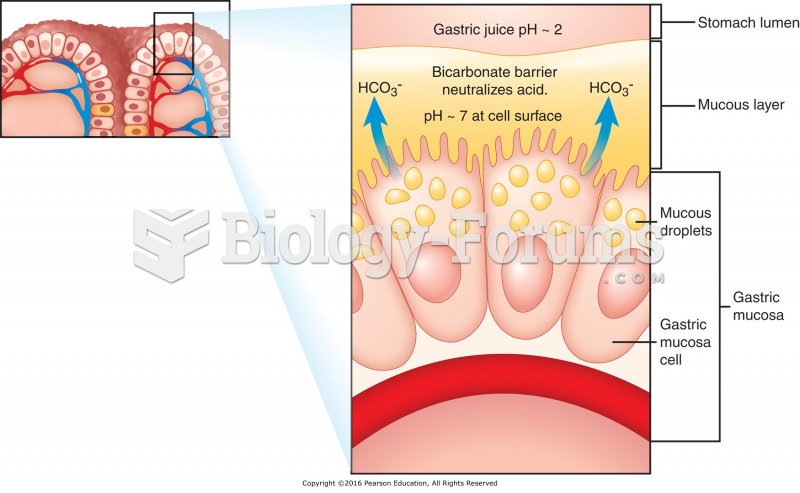|
|
|
Did you know?
Interferon was scarce and expensive until 1980, when the interferon gene was inserted into bacteria using recombinant DNA technology, allowing for mass cultivation and purification from bacterial cultures.
Did you know?
About 100 new prescription or over-the-counter drugs come into the U.S. market every year.
Did you know?
A seasonal flu vaccine is the best way to reduce the chances you will get seasonal influenza and spread it to others.
Did you know?
On average, the stomach produces 2 L of hydrochloric acid per day.
Did you know?
The ratio of hydrogen atoms to oxygen in water (H2O) is 2:1.







